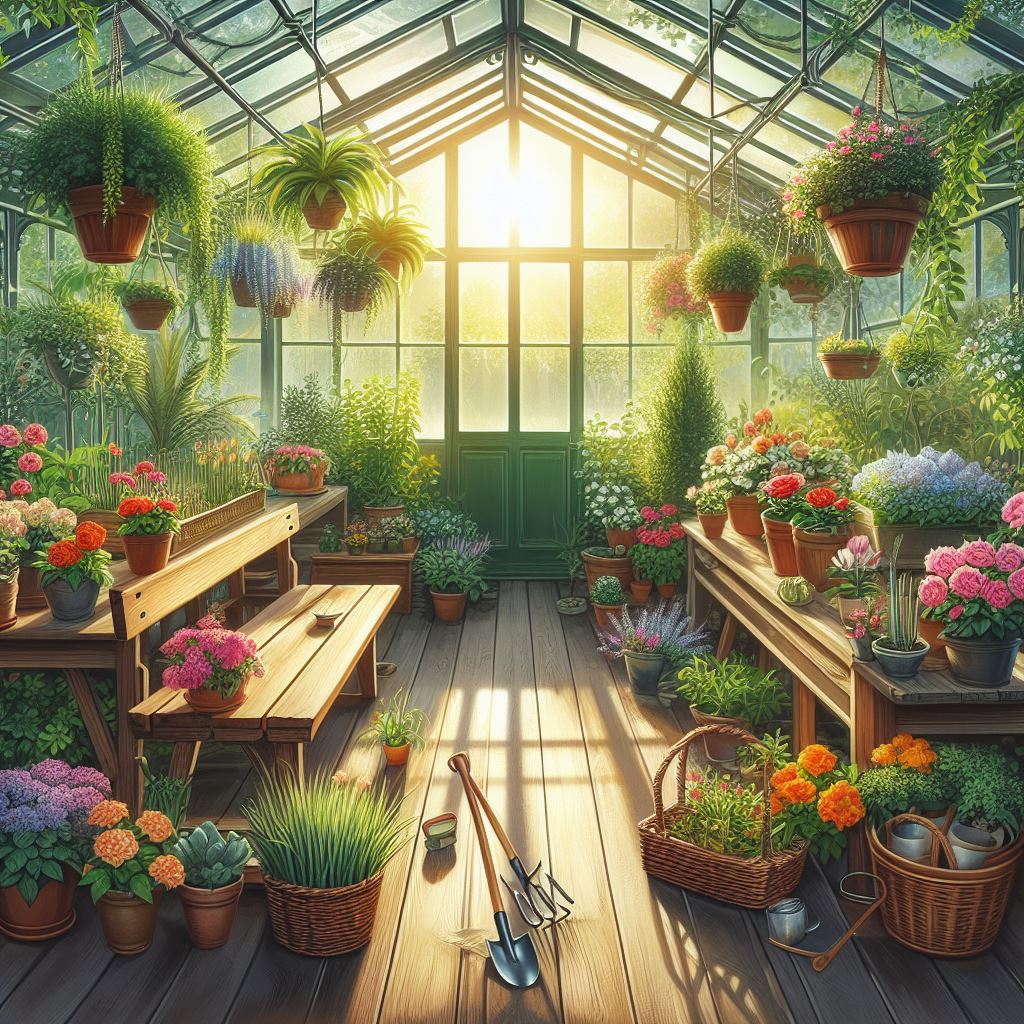Creating a Self-Sustainable Backyard Garden for Off-Grid Living
Living off the grid offers a sense of independence and connection to nature. A well-planned backyard garden can provide you with fresh, nutritious food while reducing your reliance on external resources. While your local climate may play a large role in what is best, here is a guide on what to plant in your backyard garden to achieve self-sustainability: 1. Choose Your Ideal Location Select a sunny area with well-drained soil for your garden. Aim for at least six hours of sunlight daily. Plan ahead and prepare the surroundings to maximize your growing space. 2. Consider Your Climate Zone Research your local climate zone to determine which plants thrive in your area. Consult local gardeners or online resources to find out what grows best. Some common crops for self-sufficient gardens include: 3. Compile a Collection of Seeds Create a list of foods your family enjoys. Purchase seeds from reputable sources, ensuring they are stored properly to remain viable. Consider heirloom varieties for long-term sustainability. 4. Research Nutrition and Longevity Grow foods that meet your nutritional needs and store well. Some essential plants for optimal nutrition include: 5. Plant Herbs Herbs enhance flavor, provide medicinal benefits, and attract beneficial insects. Consider growing: 6. Perennial Plants Include perennial plants for long-term sustainability: Remember, self-sustainability involves trial and error. Learn from your garden, adapt, and enjoy the journey toward a more resilient and connected lifestyle. For fertilizer, don’t miss our article on back yard chickens! Here are some items to help you get started:
Creating a Self-Sustainable Backyard Garden for Off-Grid Living Read More »

